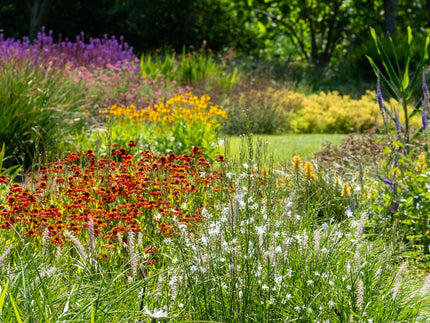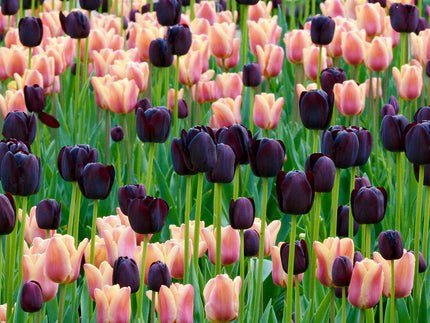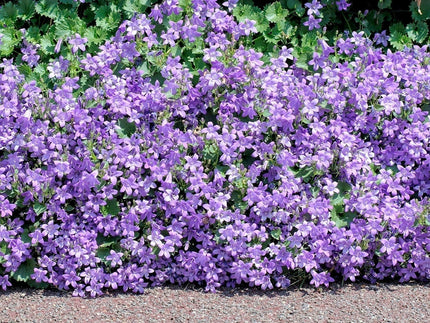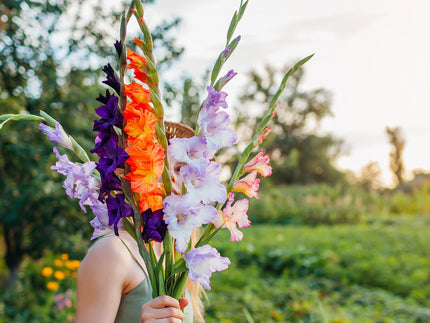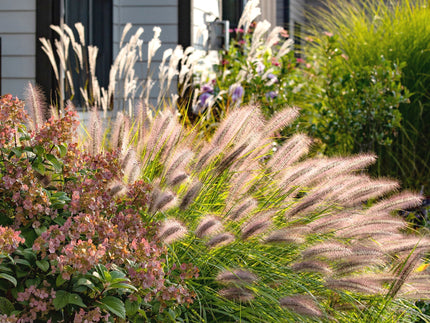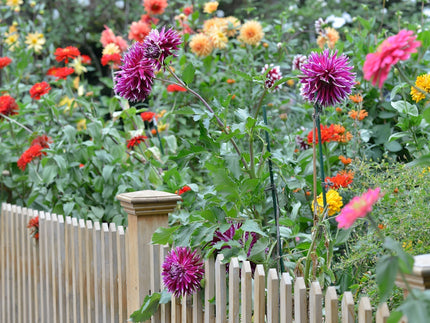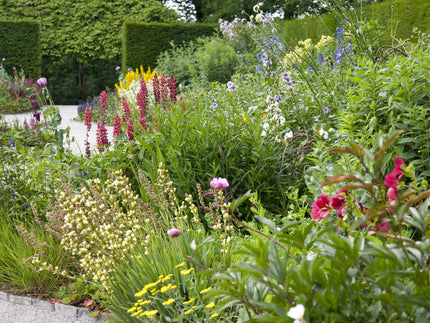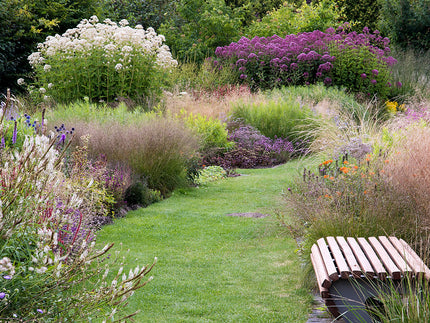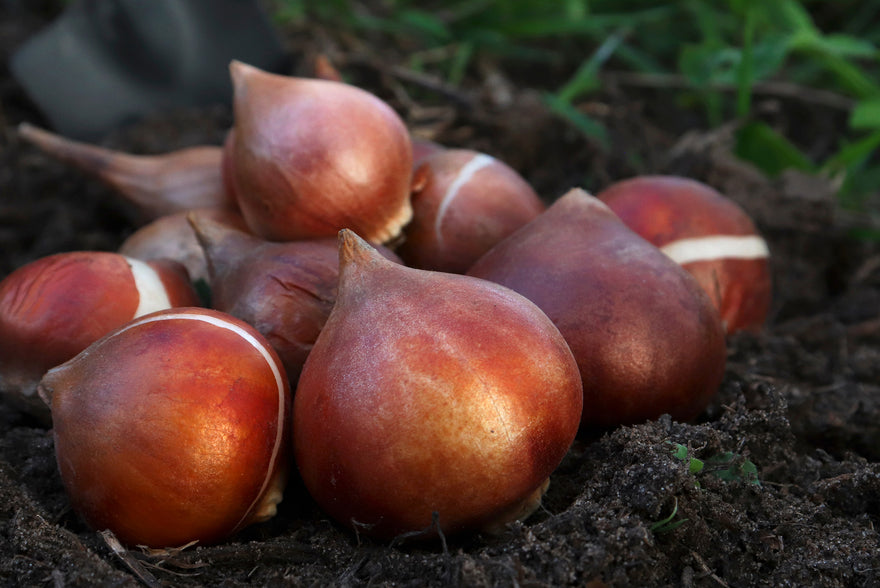
The life cycle of flower bulbs — from dormancy to bloom
When it comes to the enchantment of a blooming garden, flower bulbs are nothing short of magical. These subterranean treasures transform into splendid flowers, gracing our gardens with vibrancy and life. Understanding the life cycle of flower bulbs is crucial for any gardening enthusiast. This blog post will guide you through the fascinating journey of flower bulbs, from dormancy to bloom, so you can enjoy their full potential.
What are flower bulbs?
Before diving into the life cycle, it’s essential to comprehend what flower bulbs truly are. A flower bulb is an underground storage organ that contains all the necessary energy and nutrients for a plant to grow and flower. Unlike seeds, bulbs come pre-packaged with embryonic leaves, stems, and roots. Classic examples include tulips, daffodils, and crocuses.
"A flower bulb is an underground storage organ that contains all the necessary energy and nutrients for a plant to grow and flower"
Life cycle stages of flower bulbs

-
Dormancy
The life cycle of a flower bulb begins with dormancy. During this phase, the bulb is in a state of metabolic inactivity, conserving energy for future growth. This period usually coincides with winter, where the cold weather provides the necessary chilling requirements for the bulb. Dormancy allows the bulb to reset, ensuring it is refreshed and ready for the growing season ahead.
-
Root growth
As temperatures start to warm up in early spring, the bulb awakens from its dormant state. Root growth is the first visible sign. The flower bulb sends out roots to anchor itself in the soil and absorbs water and essential nutrients. This preparation phase ensures that the bulb has all it needs to support its upcoming above-ground growth.
-
Shoot emergence
Following root development, a green shoot will begin to emerge from the soil. This phase can be either gradual or sudden, depending on the specific bulb variety and environmental conditions. During this time, the shoot elongates and starts to develop leaves, which will later facilitate photosynthesis—a process that converts sunlight into energy, fueling further growth.
-
Flowering
The most anticipated stage of a flower bulb’s life cycle is flowering. The nascent flower bud, previously protected within the bulb, emerges and blossoms in full glory. This phase can last from a few days to several weeks, depending on the bulb type. Enticing colours and fragrances not only beautify gardens but also attract pollinators, facilitating the cycle’s continuation.
-
Post-flowering and seed production
Once the flowering phase concludes, the plant enters a post-flowering stage. The flower petals will begin to wither and fall off, signalling that the reproductive phase is winding down. During this time, if pollination has been successful, the plant may produce seeds. While the primary life cycle of the flower bulb does not rely on these seeds for future growth, they facilitate genetic diversity and the spread of the plant species.
-
Foliage dieback
After the flowers have faded, the foliage remains vital for the bulb’s survival. It continues to photosynthesize, supplying the bulb with energy. This phase is crucial as it helps recharge the bulb, ensuring it has ample stored nutrients for the next growing season. Gradually, the leaves will turn yellow and die back completely. It is important not to remove the foliage prematurely, as this can hinder the bulb’s ability to store sufficient energy.
-
Return to dormancy
Finally, the bulb enters dormancy once more. By this stage, the energy stored ensures the flower bulb is ready to start the process all over again in the next growing season. Many gardeners prefer to lift and store their bulbs in a cool, dry place to protect them from frost and other adverse conditions during this period.
Tips for a healthy flower bulb life cycle
Maintaining a healthy bulb life cycle involves careful attention and a few tried-and-true gardening practices:
-
Soil preparation:
Ensure the planting site has well-drained soil. Bulbs are susceptible to rot in waterlogged soil, so adding compost or sand can improve drainage.
-
Planting depth:
Plant flower bulbs at the correct depth, typically about 2-3 times their height. This helps the bulb anchor itself and provides adequate space for root growth.
-
Watering:
Initially water the bulbs after planting to help them establish roots. After that, water moderately to keep the soil moist but not waterlogged.
-
Mulching:
A layer of mulch can help regulate soil temperature and moisture, providing a stable environment for your flower bulbs.
-
Feeding:
Applying a balanced, slow-release fertiliser during planting and in the spring can promote healthy growth and abundant blooms.
-
Protecting:
Use mesh covers or deterrents to protect bulbs from being dug up by pests like squirrels and rabbits.
-
Lifting and storing:
For tender bulbs that cannot survive cold winters, carefully lift and store them after the foliage dies back. Keep them in a cool, dry, and dark place until the next planting season. This ensures they remain viable and healthy for future cycles.
Conclusion
The life cycle of flower bulbs is an intricate, fascinating journey from dormancy to dazzling bloom and back again. Understanding and nurturing this process can turn any garden into a vibrant spectacle, season after season.
By paying attention to each phase of the bulb's life cycle, you can ensure a thriving garden that will leave a lasting impression. Whether you’re cultivating tulips, daffodils, or any other bulbous plant, following these steps will enable you to enjoy the full beauty and marvel of these natural wonders. Happy gardening!






















































































